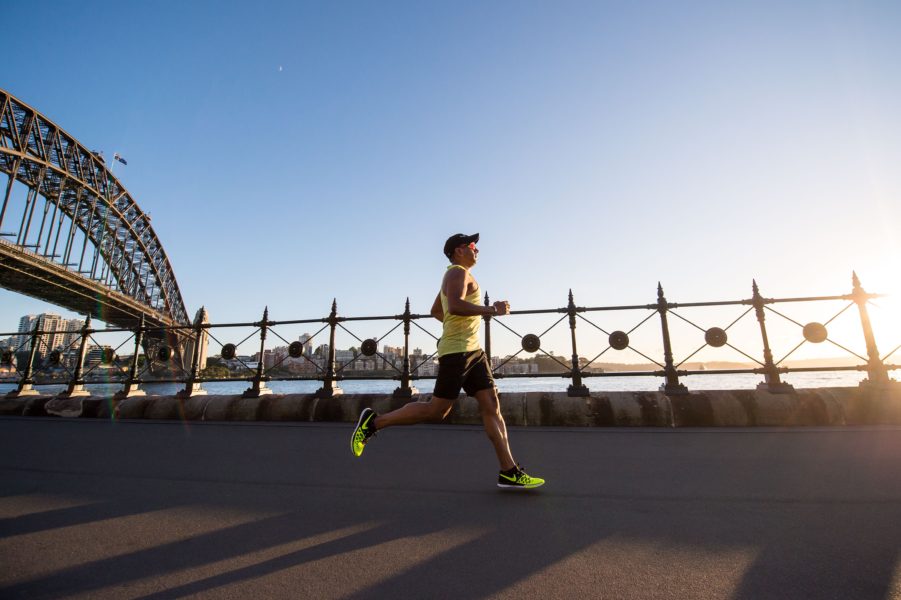
Are you a night owl or a morning lark?
Individuals show large differences in their preferred timings of sleep and activity, also referred to as chronotypes. Chronotype is determined by both nature and nurture. But given the social constraints of today’s world, we are often left to live out of sync with our natural clock. Social jetlag represents this discrepancy between an individual’s internal and social clocks, which has been linked to many health risks.
Health consequences of social jetlag and a link to physical activity
Research reports the associations between social jetlag and higher cortisol levels, physical inactivity, increased resting heart rate and time in sedentary activity. Individuals with large social jetlag can be at risk of developing metabolic disorders and obesity. Therefore, even small alterations in sleep timing and light exposure could influence the levels of physical activity.
Chronotype could determine how we perceive exercise intensity
Chronotype can contribute to how one is perceiving exercise intensity (i.e. perceptual component of a physical task). For instance, evening chronotypes reported higher levels of perceived exertion in the morning exercise session in comparison to the morning chronotypes. In contrast, morning chronotypes perceived less effort and showed better athletic performance in the morning when compared to the evening chronotypes. Morning chronotypes also exhibited lower recovery rates after high-intensity interval training in the evening.
Overall, there is evidence to suggest that chronotype information can improve the training scheduling. Moreover, diurnal preference may predict higher exercise frequency rates with times that are in agreement with one’s diurnal preference.
Download the LYS app to learn about your chronotype and ideal times for exercise